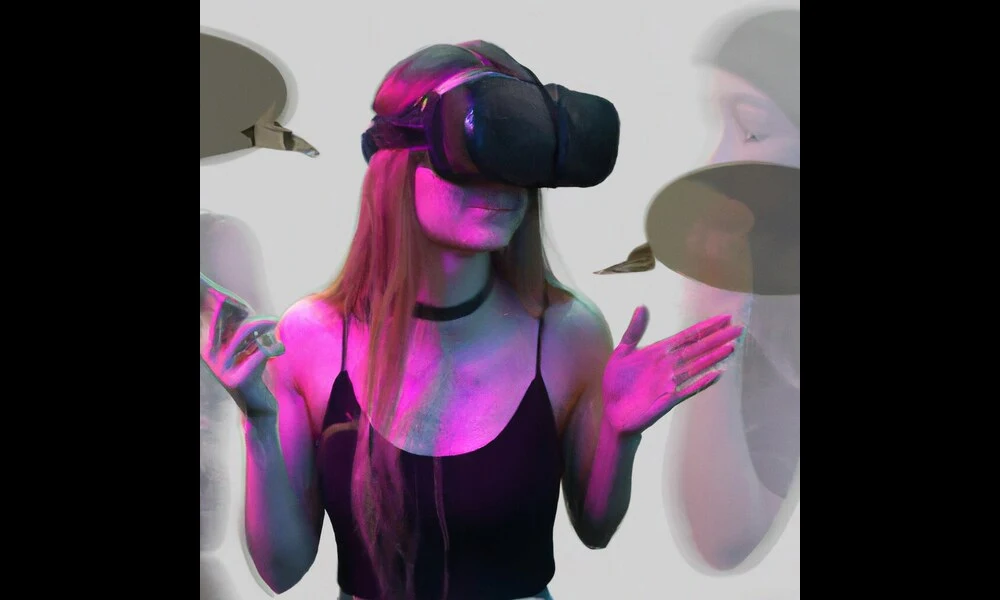How the Metaverse Impacts Young Users
Published on Sun Sep 03 2023 a girl wearing an Oculus Quest 2 talking with his friends in the metaverse | Rémy Metalograms on Flickr
a girl wearing an Oculus Quest 2 talking with his friends in the metaverse | Rémy Metalograms on FlickrThe Metaverse, a virtual world that combines communication, gaming, and services, is set to be the next big thing on the internet. However, we know little about how young children, particularly those below the age of 10, perceive and engage with the Metaverse. A recent preprint paper titled "Metaverse: A Young Gamer's Perspective" delves into the perspective of a young gamer, exploring their understanding of the Metaverse, expectations, and how these insights can inform multimedia signal processing research targeted towards this young audience.
The paper highlights that young gamers, who have grown up using touchscreens, expect interaction with the virtual world to be seamless and similar to their experiences in the digital world. However, this is far from easy, as the paper explains some key research challenges in this area. For instance, designing personalized avatar clothing entails creating patterns or logos outside the gaming platform, which raises questions about how image compression artifacts affect the quality of rendered images. Additionally, transferring data from the virtual to the digital world and vice versa presents technical hurdles that need to be addressed. The paper also explores how different devices can provide unique gaming experiences, which is something young gamers appreciate.
The transition of objects between the physical and virtual worlds is a challenge for metaverse technologies. The paper uses the example of clothing design to showcase the difficulty of transferring virtual designs to the physical world. To simplify this process, the paper suggests designing objects in the digital world and then transferring them to both realms. However, the ability to seamlessly transfer objects between the two worlds using a single device remains a goal for young gamers. The paper also briefly discusses the latest progress in 3D capture, reconstruction, and compression technologies, which play a role in transferring physical objects to the virtual world.
The paper acknowledges that parents and guardians of young gamers may have concerns about health, safety, security, and privacy in the Metaverse. While researchers have made strides in different areas, such as studying the effects of screen time on focus and sleep, there is limited research specific to the Metaverse. The paper references studies on visual fatigue caused by 3D displays and the need for solutions to ensure online safety and security, such as biometrics and privacy protection measures.
This paper offers valuable insights into the perspectives of young gamers on the Metaverse and highlights the importance of understanding the needs of this demographic. By addressing their expectations and challenges, multimedia signal processing (MMSP) research can contribute to the development of the Metaverse. This work sets the stage for further studies and experiments involving young users, aiding researchers in planning user studies and selecting hypotheses to explore in greater detail. Ultimately, this research aims to shape the future of the Metaverse and enhance the experiences of young gamers.



